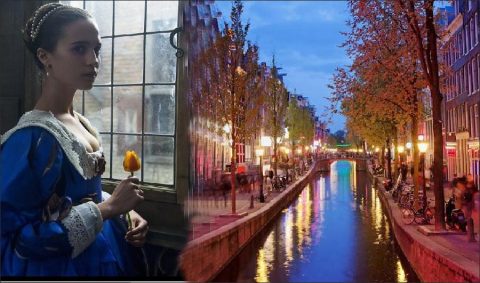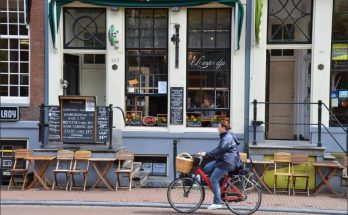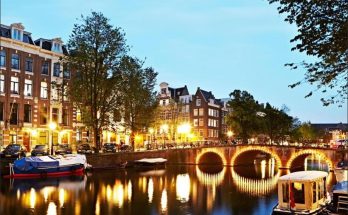Until recently, the Netherlands’ capital was something of a work-in-progress, its world-class art museums – among them the Rijksmuseum, the Stedelijk museum of modern art and the Van Gogh Museum – shuttered for ambitious renovations that temporarily shifted the focus away from the city’s rich artistic heritage towards its sleazy, hedonistic side.
Although Amsterdam’s clubs, bars and nightlife, and the notorious Red Light District, are as vibrant as ever, now that the bandages are off it can revel once more in its unique status as one of Europe’s most diverse and boundary-pushing destinations – a place that should feature on every discerning weekend-breaker’s hit-list. Whether you’re looking to sample Amsterdam’s best restaurants, chill out in one of its weed-touting coffeeshops, pound the cobbled streets for one-off shopping finds, or bed down in one of our recommended hotels, this guide should equip you with everything you need to immerse yourself in a city that revels in high and low culture.
Compared to London or Paris, Amsterdam used to be like a kid brother who didn’t want to grow up; it was a playground where all involved were guaranteed a good time. In terms of things to do, Amsterdam assails you from all angles, managing to be all things to all people, depending on where you go.
First things first: the Red Light District. Despite the best efforts of the legislators, it remains a drug paradise for stoner backpackers. It’s also a bottomless well of live sex and no-holes-barred porn for stag parties. And it’s a sleazy, subterranean warren of darkrooms for S&M gay men. Phew!
In the Museum Quarter, thanks to the high-profile re-openings of the famous Rijksmuseum, the Stedelijk museum of modern art and the Van Gogh Museum, Amsterdam is once again a grade-A destination for international art and architecture connoisseurs. Museumplein itself is actually not really an authentic Amsterdam square, but it does have plenty of grass, a wading pool that adjoins a skating ramp and several pleasant cafés.
Of course, Amsterdam continues to look good on a postcard (or Instagram), largely thanks to its 400-year-old waterways, which are criss-crossed with a host of bridges that outnumber those in Venice. A word on those famous canals: Singel was the medieval city moat; other canals such as Herengracht, Keizersgracht and Prinsengracht, which follow its line outwards, were part of a Golden Age renewal scheme for the rich.
The connecting canals and streets, originally home to workers and artisans, have a number of cafés and shops. Smaller canals worth seeking out for the purposes of pottering include Leliegracht, Bloemgracht, Egelantiersgracht, Spiegelgracht and Brouwersgracht.
Less explored but up-and-coming suburbs include Oost, currently undergoing something of a foodie renaissance, Noord, on the far bank of the IJ where the EYE Film Institute has recently relocated, and even the Bijlmermeer, a concrete ’60s experiment that houses immigrant factories, which comes alive with summer’s Kwakoe festival and is now getting some groovy galleries exploring the area’s unique heritage.
Whichever way the wind happens to be blowing on your visit, one thing’s for certain: Amsterdam will continue to grow, as it has done since 1200, whether literally or metaphorically.



